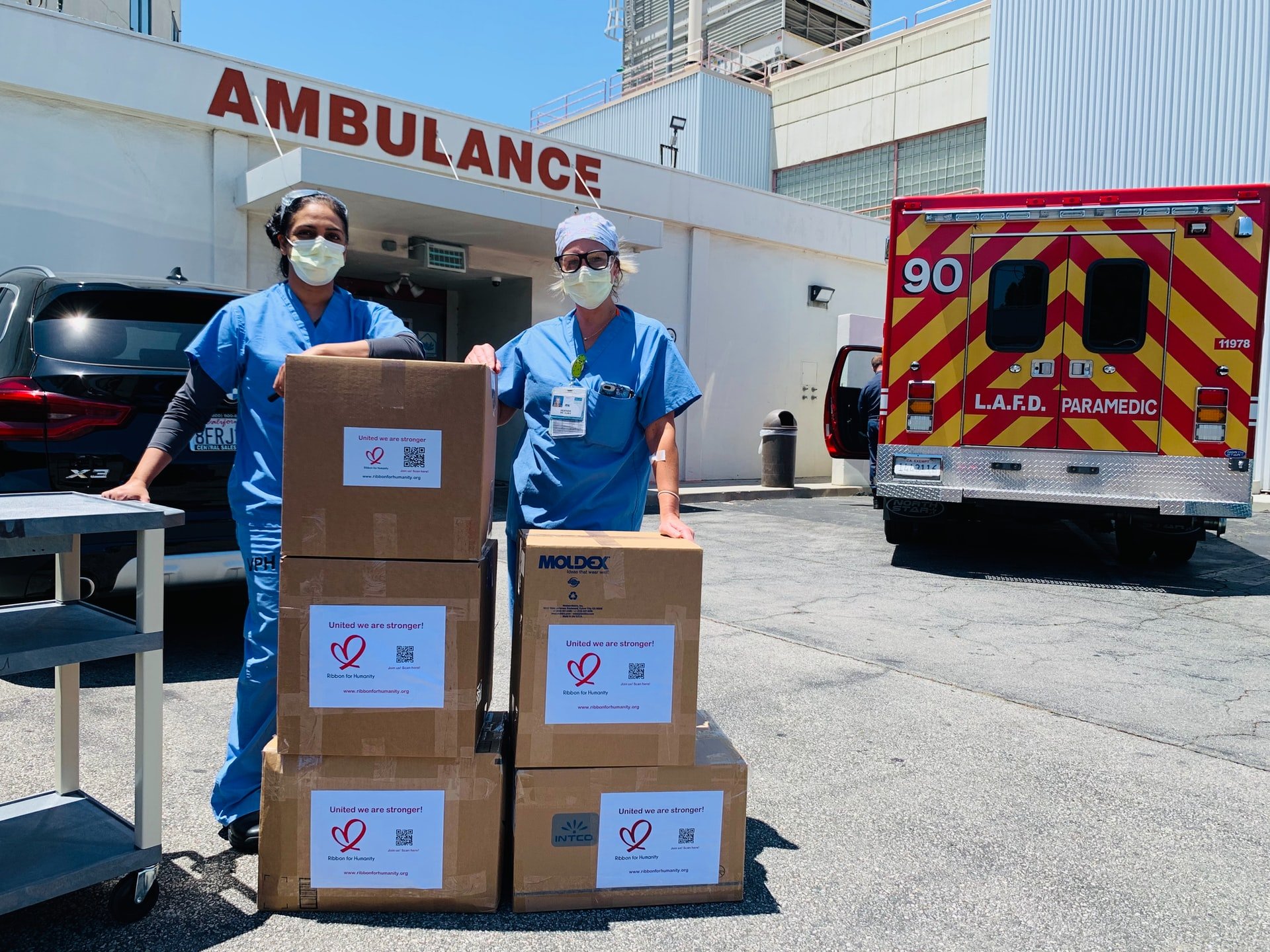At Moto we help the very best medical & healthcare supply companies make sure their shipments arrive on time and damage-free.
Here are some tips on how to keep your healthcare supply chain moving smoothly:
1. Critical or not?
It is best to let your trucking company know ahead of time if you require overnight, overseas, international or standard ground shipping. If you wait until after the shipment has been picked up, chances are it won’t be possible for your carrier to adjust to the critical transit time.
2. Prepare for Inspections
Customs heavily scrutinizes medical supplies and pharmaceuticals. Be sure that your products do not need any special certifications, inspections or clearance before arriving at customs. Supply your trucking company with necessary documentation well in advance of crossing the border to ensure the regulatory bodies have enough time to process the information.
3. Palletize and Crate Whenever Possible
Crating your shipment is the best way to ensure it arrives without damages. However, if that is not possible, make sure to palletize your shipment to protect it. Keep in mind that LTL shipments pass through multiple terminals and may be cross-docked along the way. Prepare it for the long haul. Double-check your carrier’s damage free rating. Moto is 99.99% damage claim-free.
4. Regulatory Boundaries
When shipping medical supplies you have to abide by the regulations. These regulations are based around the packaging, ingredients list, hazardous/dangerous nature of the goods and mode of transportation. If you do not know the regulatory boundaries of your product it’s best to speak with your customs broker.
5. Inspect your Shipment upon Arrival
Thoroughly inspect your shipment when it arrives! Make sure that the driver waits for you to inspect the shipment and sign the POD. Don’t let the driver rush you because it is very important that if any damages occurred during transport you note them on the delivery receipt. If you do not note anything on the POD, you will not be able to submit a claim for the damaged product.
 (604) 757 2441
(604) 757 2441